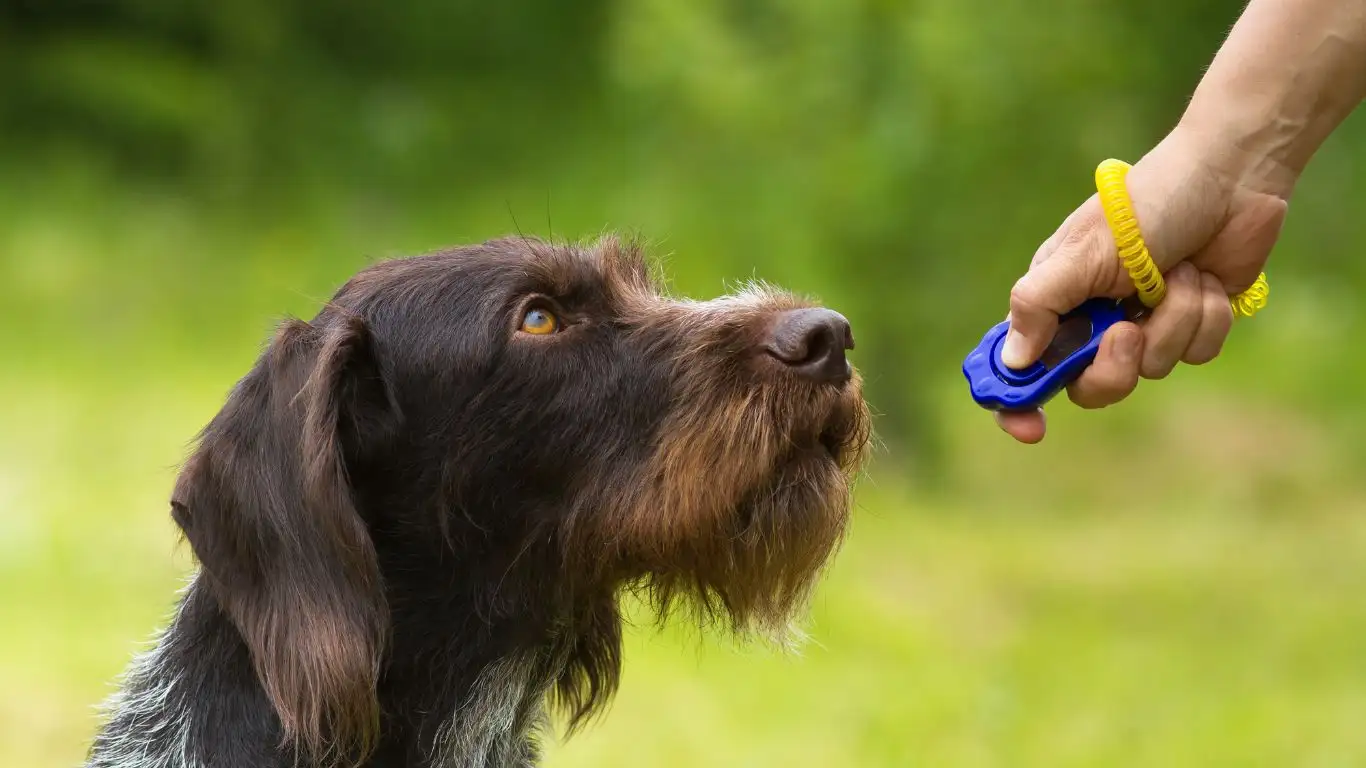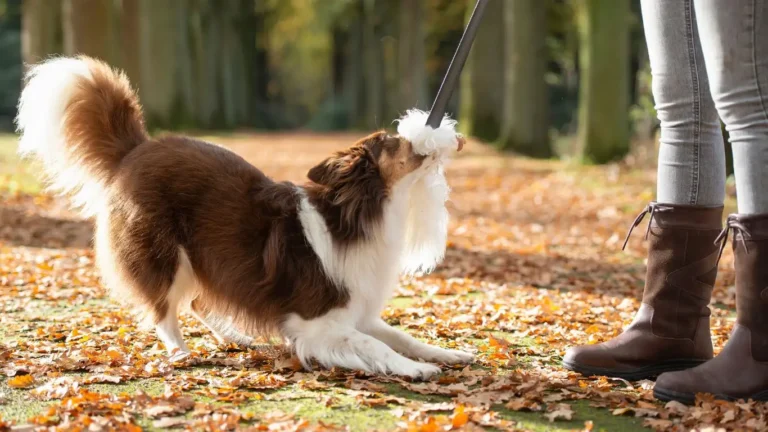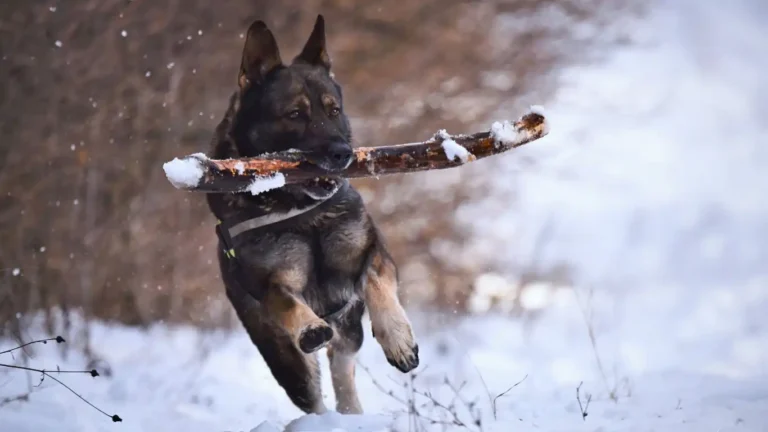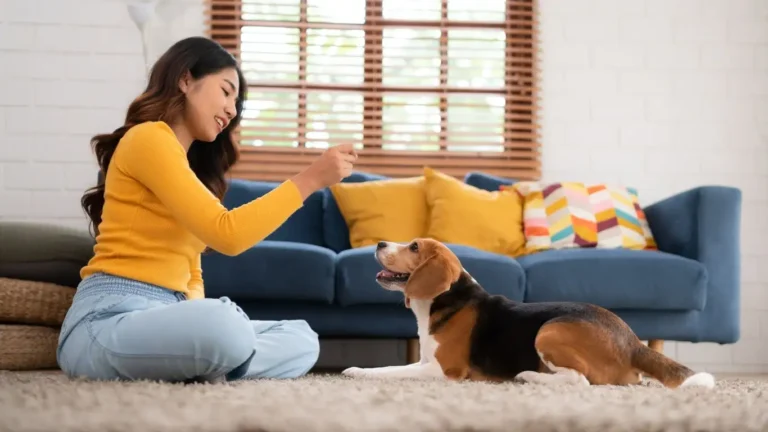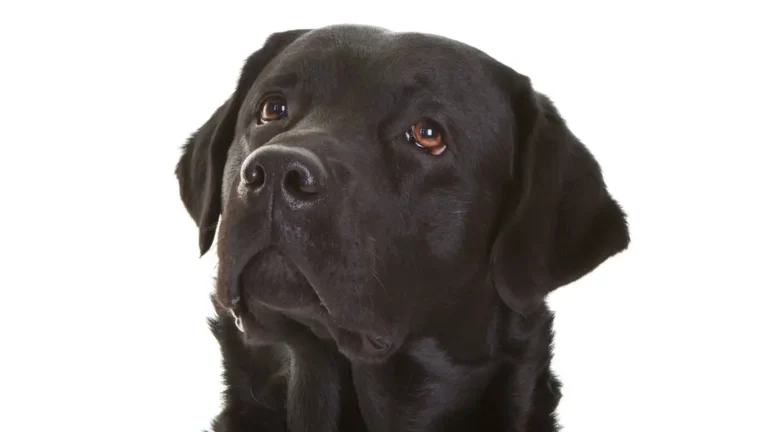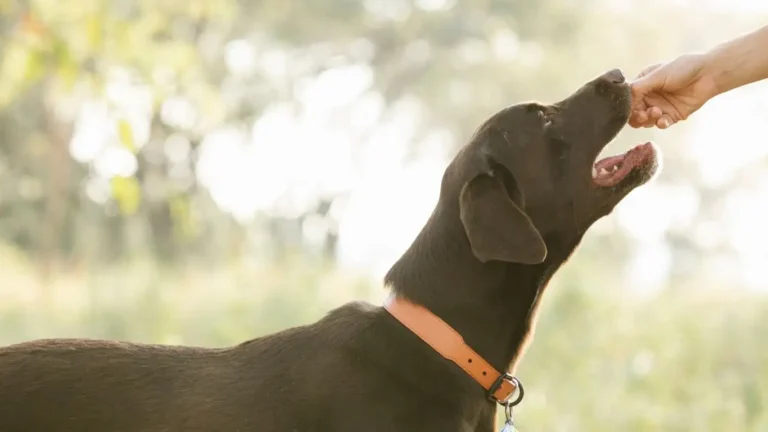Stop Food Growling: Train Your Dog to Eat Peacefully Today!
Ever found yourself staring at your dog, wondering how to train a dog to stop growling over food? It’s one of those moments where your lovable pup suddenly turns into a resource-guarding machine, growling as if they’re protecting buried treasure. I’ve seen it countless times as a Certified Professional Dog Trainer (CPDT-KA), and trust me, you’re not alone. The good news? You can absolutely train your dog to feel more comfortable around food without the growls. It takes patience, the right approach, and a little understanding of what’s going on inside your dog’s head.
Understanding Why Dogs Growl Over Food

First things first—let’s talk about why this happens. A growling dog isn’t being “bad.” They’re communicating. Some dogs instinctively guard food because, well, in the wild, sharing wasn’t exactly the norm. Even our domesticated pups still carry that instinct. But if your dog is growling over food, it’s not just about them being possessive—it’s about trust, anxiety, and feeling the need to defend what’s theirs.
Common Causes of Food Guarding
- Instinctual Behavior: Some dogs are just wired to protect their resources.
- Past Experiences: If a dog had to fight for food in a shelter or rescue situation, they may feel insecure.
- Learned Behavior: If growling has worked in the past (i.e., people back away), they’ll keep doing it.
- Fear or Anxiety: Some dogs feel uneasy when others approach their food.
What NOT to Do When Your Dog Growls Over Food
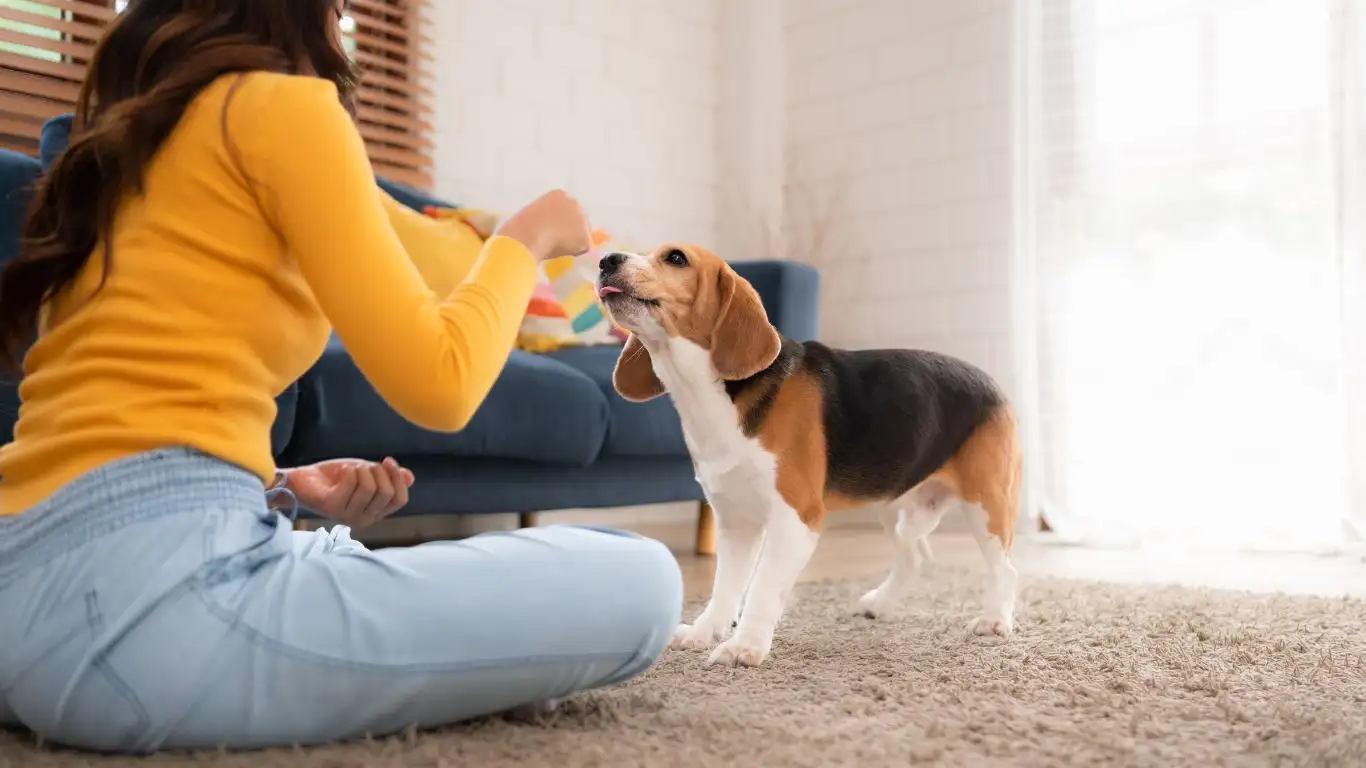
Before jumping into training methods, let’s cover some common mistakes dog owners make when dealing with food aggression. Trust me, I’ve had to gently redirect plenty of well-meaning owners who were unintentionally making things worse.
1. Do NOT Punish Your Dog for Growling
It’s a natural reaction to want to correct growling, but punishing a dog for it can backfire. Growling is your dog’s way of warning you—they’re uncomfortable. If you punish them for that warning, they may stop growling… and go straight to biting instead. Yikes.
2. Avoid Forcibly Taking Away Their Food
If your dog thinks you’re a food thief, they’ll feel even more protective. Instead of “teaching them a lesson” by grabbing their bowl, we want to show them they don’t have to guard their food because no one is actually trying to steal it.
3. Don’t Hover or Stare While They Eat
Imagine someone watching you eat every bite of your meal like a hawk—awkward, right? Dogs feel the same way. Staring, hovering, or moving too close while they eat can increase their anxiety.
How to Train a Dog to Stop Growling Over Food: The Right Approach

Now that we know what NOT to do, let’s talk about how to handle this in a way that builds trust and eliminates food guarding behavior over time.
1. Start With Trust-Building Exercises
Your dog needs to learn that your presence near their food is a good thing, not a threat. A great way to do this is:
- Stand a few feet away while they eat.
- Occasionally toss a tasty treat near their bowl but not into it.
- Slowly work on getting closer over time while rewarding them.
2. Hand-Feed to Create Positive Associations
Hand-feeding can be a game-changer for food-aggressive dogs. It reinforces that food comes from you and that your hands near their meal aren’t a bad thing.
- Start by offering a few bites from your hand.
- Mix it up by sometimes feeding directly and sometimes placing the food in their bowl.
- Over time, they’ll start seeing your hand near food as a positive experience.
3. Teach a “Trade” Cue
Training your dog to exchange items can make a huge difference in reducing food guarding. Here’s how:
- Offer them something better than what they have (a high-value treat like chicken or cheese).
- When they drop the food or item they’re guarding, praise and reward them.
- Practice regularly so they learn that giving something up leads to something even better.
4. Gradual Desensitization to People Near Their Food
Once your dog is comfortable with you nearby, you can gradually work on desensitization.
- Start by standing nearby without interacting.
- Over time, take small steps closer while they eat.
- Eventually, try lightly touching the bowl (but only when they show no signs of stress).
With patience, consistency, and positive reinforcement, you’ll start to see real progress. The key is to show your dog they don’t need to guard their food—you’re not a threat, and no one’s going to steal their dinner!
Building Positive Mealtime Habits
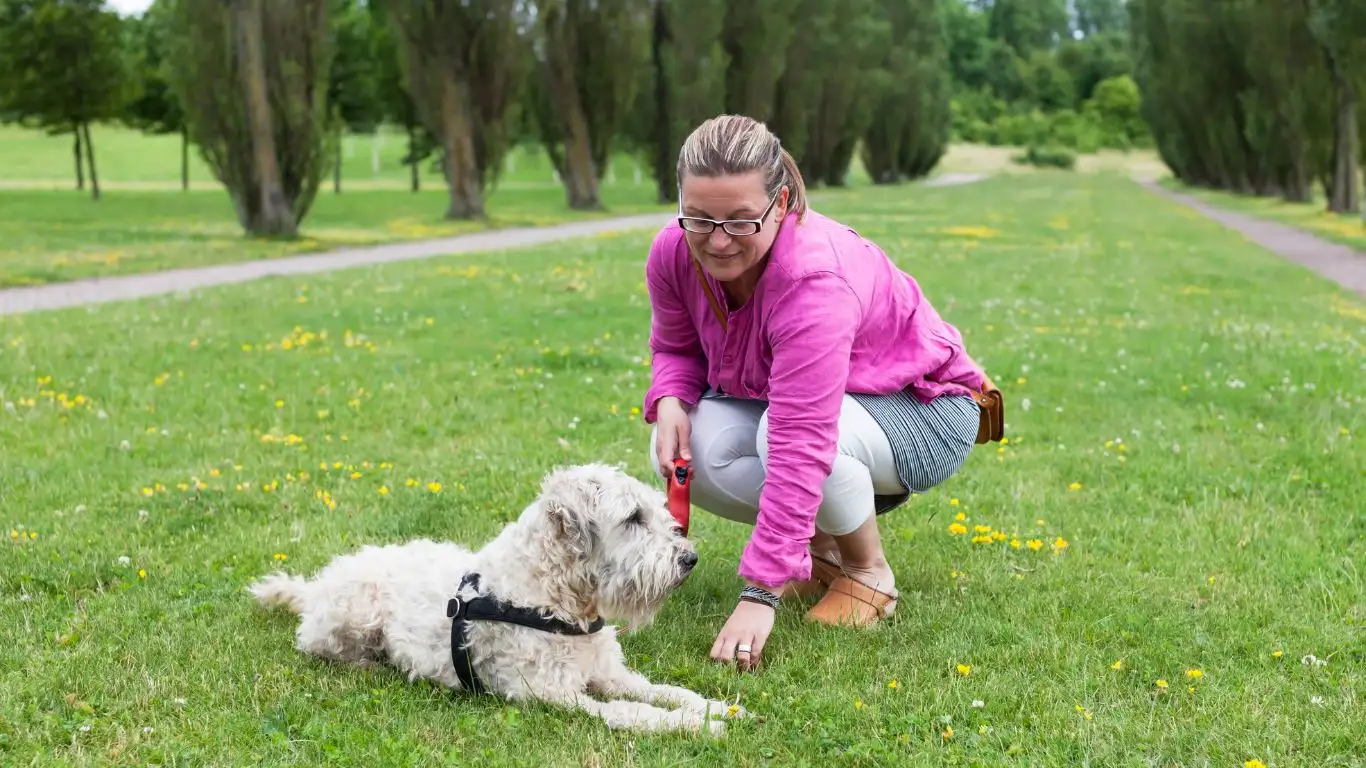
Once you’ve started working on trust and desensitization, the next step is to reinforce good behavior around food. Every meal is an opportunity to reinforce that eating peacefully gets them rewarded, not just with food, but also with your praise and calm presence.
1. Establish a Predictable Feeding Routine
Dogs thrive on routine, and that applies to mealtimes too. A consistent schedule helps them feel secure about their food, reducing the anxiety that can trigger guarding behavior. Here’s what works best:
- Feed them at the same times each day—no unpredictable mealtimes.
- Avoid free-feeding (leaving food out all day), which can create possessiveness.
- Have a designated feeding spot where they feel safe and undisturbed.
2. Use a Calm, Relaxed Approach
Your energy affects your dog. If you’re nervous or tense about their reaction, they’ll pick up on it. Instead, try:
- Approaching the food area calmly—no sudden movements.
- Speaking in a relaxed, positive tone if you need to interact.
- Avoiding staring directly at them while they eat (dogs can find it intimidating).
3. Reinforce Relaxed Behavior
Dogs repeat behaviors that get rewarded, so if they stay calm while eating, make sure to acknowledge it. Some easy ways to reinforce the right behavior:
- Soft verbal praise while they eat: “Good job, buddy.”
- Dropping a small bonus treat in their bowl when they remain calm.
- Using gentle petting (if they’re comfortable with it) as positive reinforcement.
Training Exercises to Reduce Food Guarding
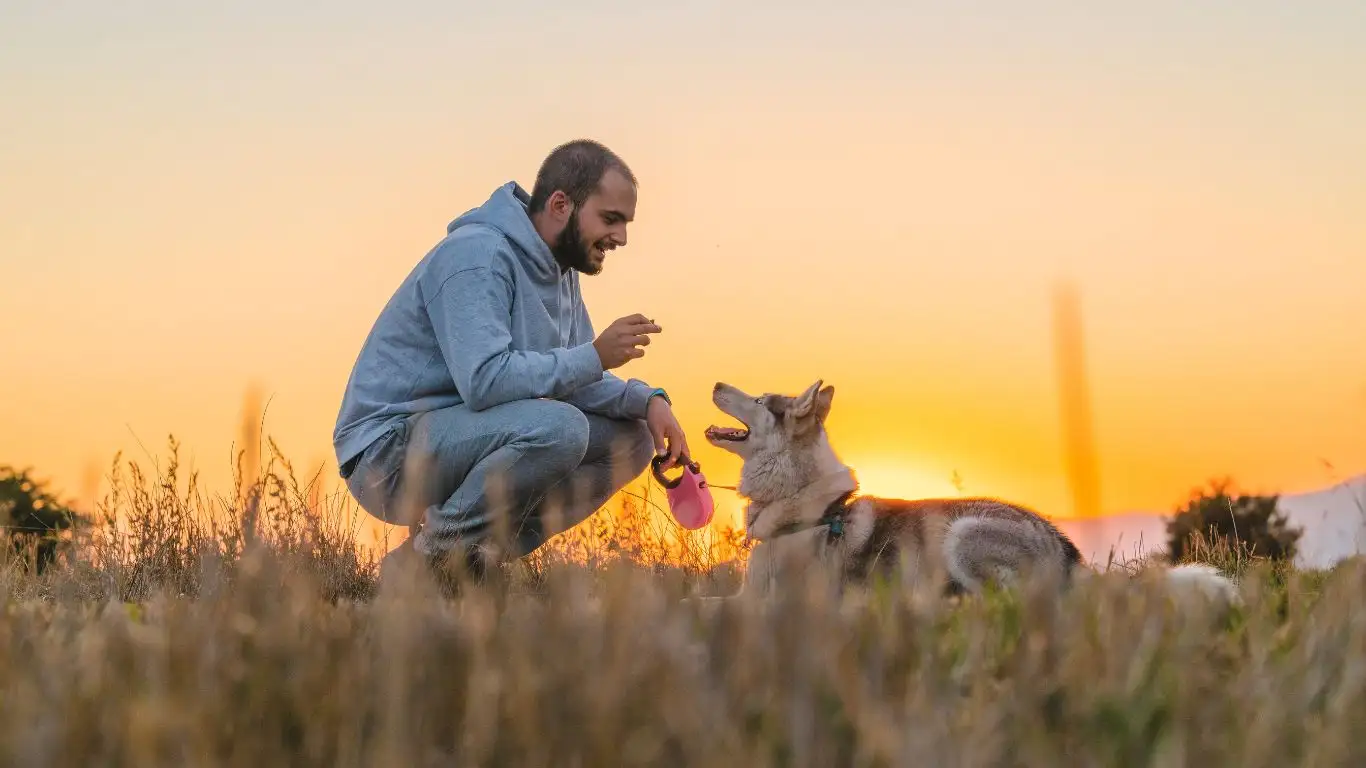
Now, let’s talk about structured exercises you can do to help your dog feel more comfortable and reduce the need to guard their food.
1. The “Hand-Add” Technique
Instead of taking food away, this method teaches your dog that human hands near their bowl mean good things. Here’s how:
- Start by placing your dog’s food bowl down with a portion of their meal.
- After they begin eating, calmly drop a high-value treat (like chicken) into their bowl.
- Walk away and let them finish.
- Repeat this over several meals, gradually getting closer each time before dropping in the treat.
Eventually, your dog will associate your presence near their food with positive rewards rather than feeling threatened.
2. Teaching “Leave It” and “Take It”
One of the most valuable commands for food training is “Leave it.” It helps your dog understand impulse control and trust you when it comes to food.
- Hold a treat in your hand, and when they try to grab it, close your hand.
- Say “Leave it” and wait until they stop trying.
- Once they pause, open your hand and say “Take it” as a reward.
- Practice regularly, then start using it around their food bowl to reinforce trust.
3. The “Food Bowl Exchange” Game
This one helps your dog feel comfortable with you approaching while they eat:
- While they eat, calmly approach and drop a treat into their bowl.
- Gently pick up their bowl, add something extra delicious, and place it back down.
- Walk away after returning it, letting them finish in peace.
Over time, they’ll learn that having you near their food is a good thing, not a reason to guard.
Managing Multi-Dog Households
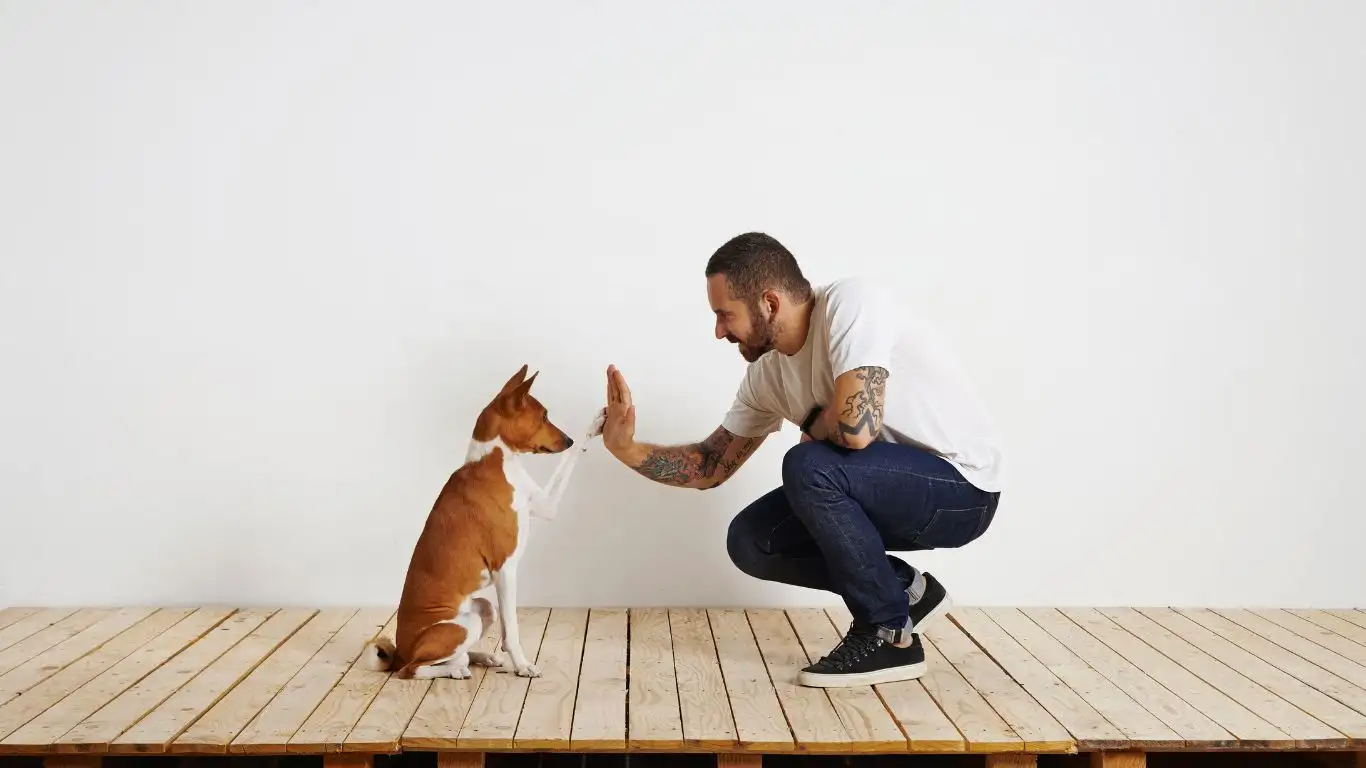
If you have more than one dog, food guarding can become a bigger issue. Resource guarding between dogs is common, but you can manage it with the right setup.
1. Separate Feeding Areas
One of the easiest solutions is to feed dogs in separate areas to prevent competition. Some options:
- Feed them in different rooms or crates.
- Use baby gates to create individual eating spaces.
- Make sure each dog has their own bowl—no sharing.
2. Monitor Mealtimes
Even if your dogs get along, always supervise their meals to watch for signs of tension. If one dog finishes first and tries to approach the other’s food, calmly redirect them.
3. Teach a “Wait” Command
Before feeding, have both dogs sit and wait for permission. This helps prevent rushing and teaches them patience.
4. Remove Food Bowls After Eating
Once meals are done, pick up the bowls to prevent lingering tension over empty dishes.
By consistently reinforcing positive behaviors and preventing conflicts, you can create a stress-free mealtime routine for all your dogs.
Addressing Food Aggression in Rescue Dogs
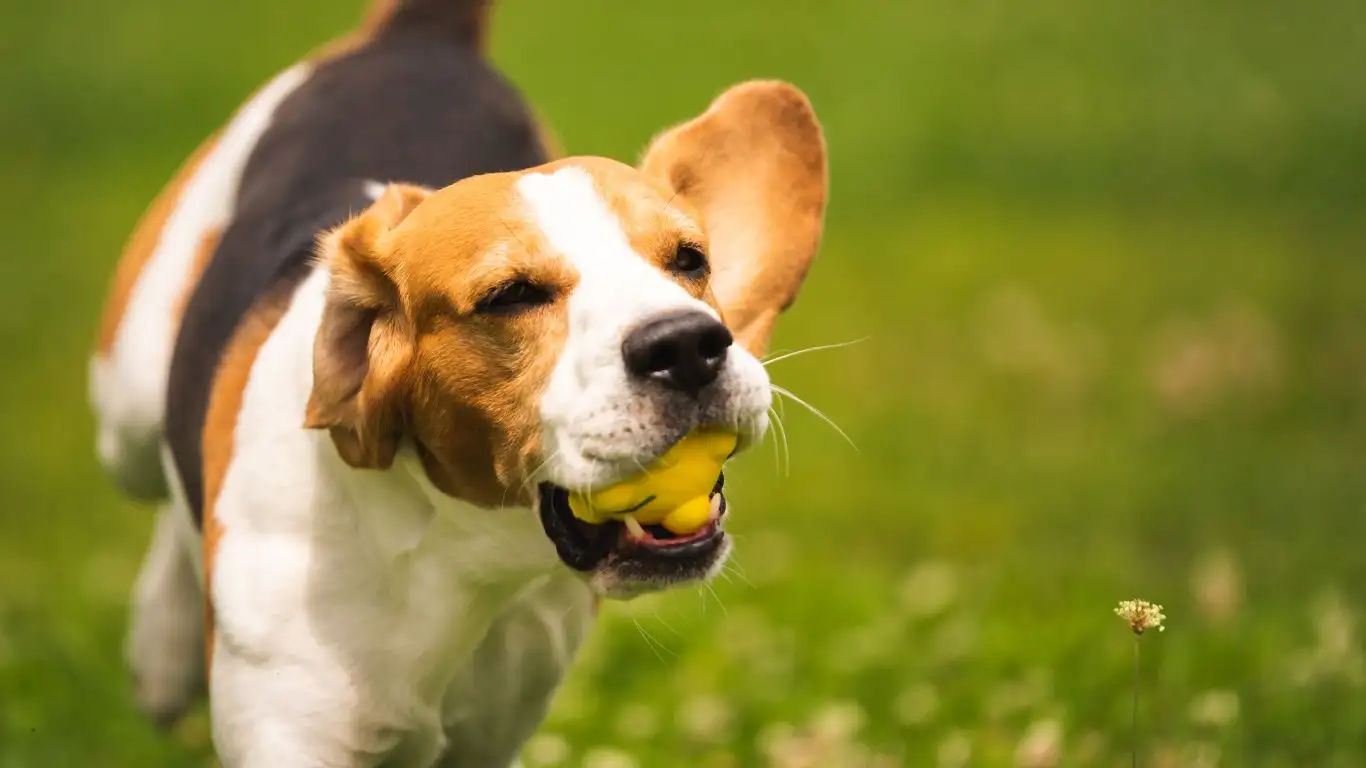
Rescue dogs often come with a history that shapes their behavior, including food aggression. If your newly adopted pup is showing signs of food guarding, don’t panic—this is a common issue, especially for dogs who’ve had to compete for meals in a shelter or stray environment. I’ve worked with plenty of rescues who started off tense around food but became relaxed eaters with the right training.
1. Give Them a Safe Feeding Environment
Rescue dogs may feel insecure in a new home, and mealtime can be especially stressful for them. Make sure to:
- Feed them in a quiet, low-traffic area.
- Avoid sudden movements while they eat.
- Give them their own designated feeding spot away from other pets.
2. Build Positive Associations Slowly
Many rescue dogs have had to guard food for survival. Instead of rushing into training, focus on creating a positive, stress-free atmosphere around meals.
- Start by standing at a comfortable distance while they eat.
- Gradually toss high-value treats toward them.
- As they relax, move closer over time—but always at their pace.
3. Work on Hand-Feeding
Hand-feeding isn’t just for puppies—it’s a great trust-building tool for rescues too. If your dog is comfortable, try offering some of their food by hand before placing the rest in their bowl.
Preventing Food Guarding in Puppies
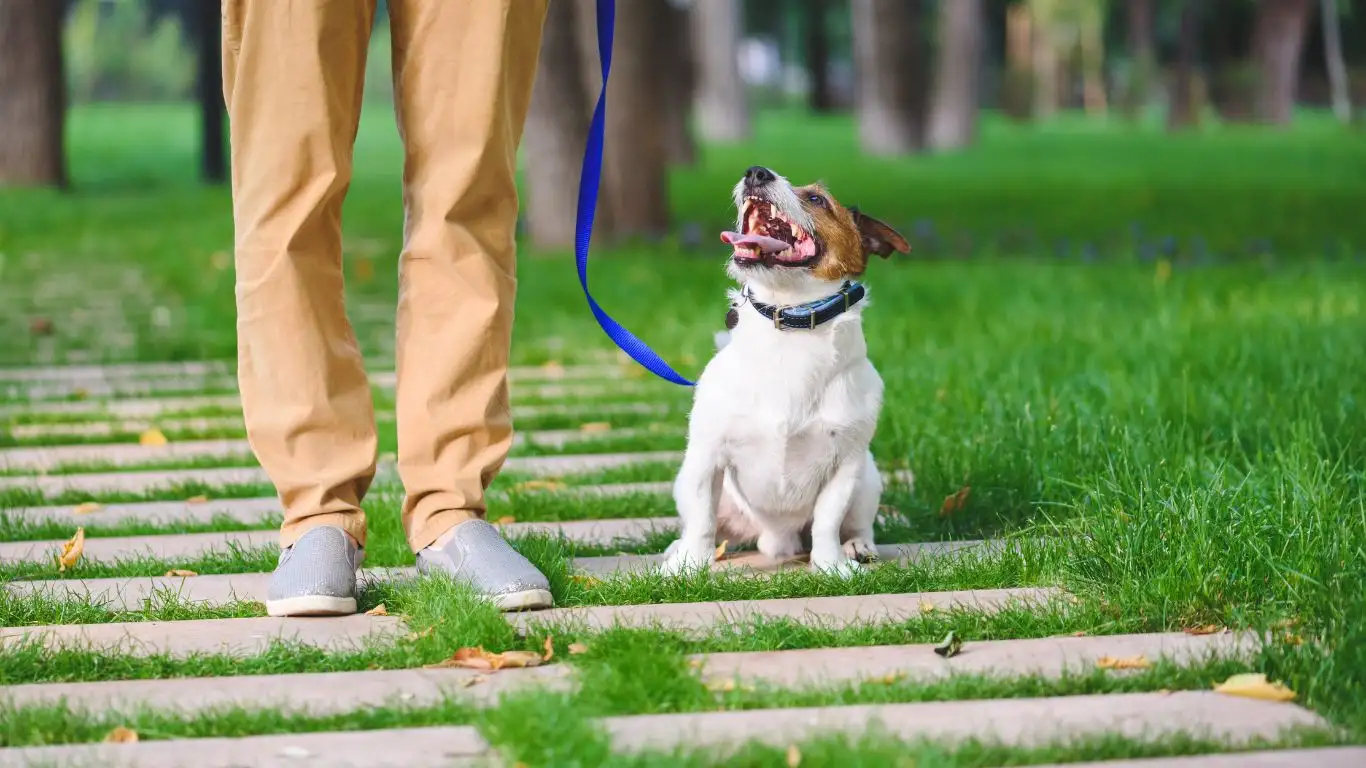
It’s much easier to prevent food aggression in puppies than it is to correct it in adult dogs. If you have a young pup, now’s the perfect time to establish good food manners.
1. Get Them Used to People Near Their Food
Puppies learn quickly, and early exposure to people near their bowl helps prevent future guarding.
- Occasionally walk by while they eat and drop a treat in.
- Gently touch the bowl and add more food while they’re eating.
- Have different family members practice this so they get used to various people being nearby.
2. Teach Trade Games Early
Start teaching “trade” and “leave it” from an early age so they learn to willingly give up food or toys without stress.
3. Feed in a Calm Environment
Avoid chaotic or loud mealtime environments. If a puppy eats under stress, they may be more likely to develop guarding behaviors.
When to Seek Professional Help
While most food guarding issues can be managed with consistent training, some cases require extra support. If your dog shows severe aggression (such as lunging, snapping, or biting) over food, it’s best to work with a professional trainer or a certified animal behaviorist.
Signs You Need Professional Guidance:
- Your dog escalates from growling to snapping or biting.
- They guard food even when no one is near.
- Attempts to modify the behavior lead to more aggression.
A professional can create a customized plan that ensures both your safety and your dog’s well-being.
Final Thoughts
Training a dog to stop growling over food isn’t about dominance—it’s about trust, patience, and understanding. By using positive reinforcement and gradually building comfort, your dog can learn that they don’t need to guard their meals.
Every dog is different, so be patient and celebrate small wins. Whether you’re working with a rescue dog overcoming past struggles or a puppy learning good habits from the start, consistency is key.
Helpful Resources:
- ASPCA – Behavior Tips & Training Resources
- American Kennel Club – Dog Training Guides
- Victoria Stilwell Positively – Positive Reinforcement Training
Disclaimer:
The information in this article is based on my professional experience as a Certified Professional Dog Trainer (CPDT-KA). However, every dog is unique, and if you’re dealing with severe aggression, consult a professional for tailored guidance.
